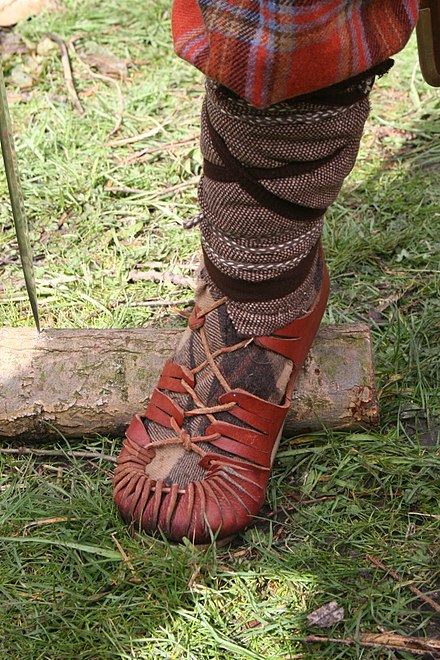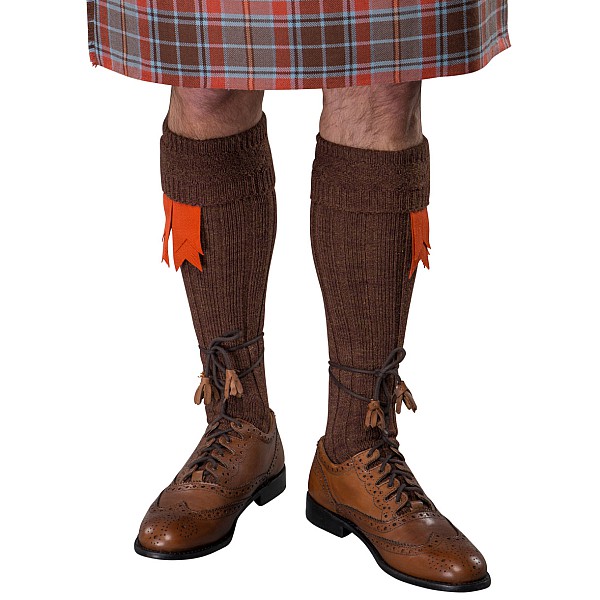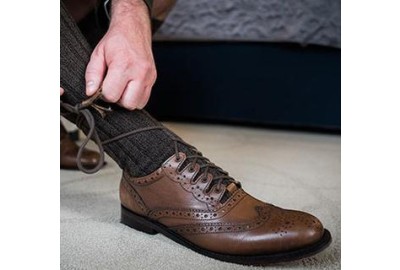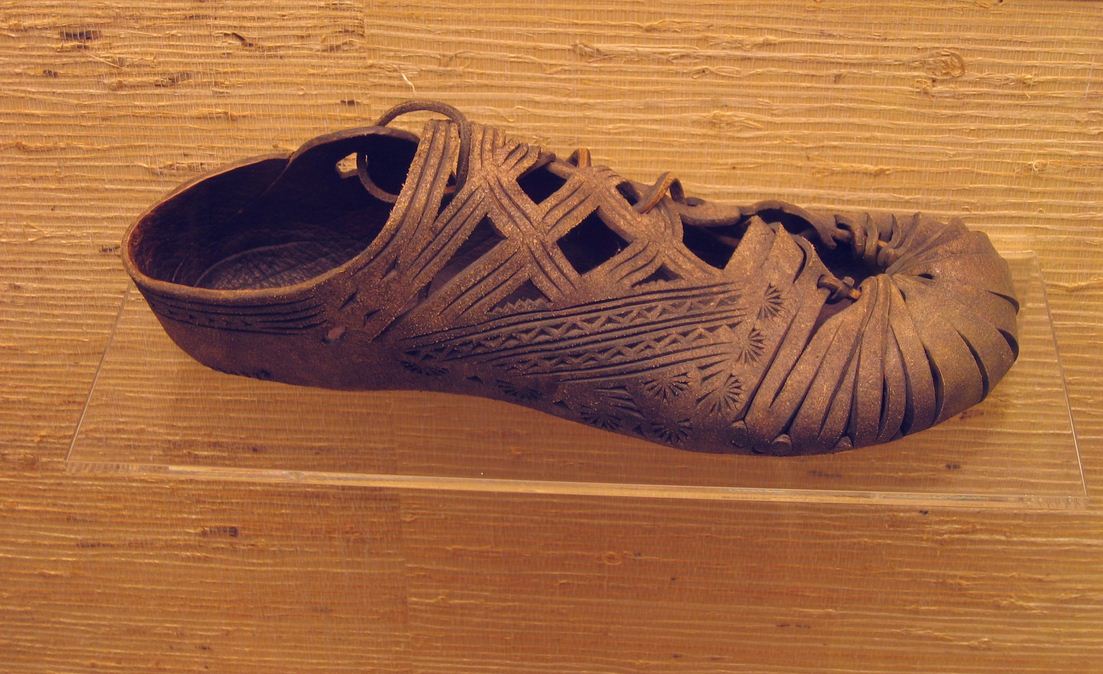Should You Wear Ghillie Brogues?
What are Ghillie Brogues? Why do Scotsmen wear them?
The modern Ghillie Brogue is essentially a symbolic nod to the ancient practical shoes of farmers, hunters and cattle drovers. A good reminder of Gaelic identity and that all men come from humble origins if you look back far enough.
The traditional kilt shoe, the Ghillie Brogue (not to be confused with the “Scottish brogue” which describes a sort of accent) is symbolic yet also a fashionable option for men to wear with their kilts any time they feel like dressing up.
Similar to “wing tip” dress shoes, ghillie brogue shoes feature a pattern of holes on top, known as “broguing”. This style of Scottish shoe is unique to kilt wearing in that ghillie brogues have no tongues and feature very long laces (with tiny leather tassels on the ends of the laces) which wrap around the ankle. They are usually worn with kilt hose. What are formal kilt shoes? Black brogue shoes are best for general use as well as formal occasions such as weddings, a St. Andrews Dinner, a Gala or Ball. Our brown ghillie brogues are appropriate for day wear or more casual dress -- like a tweed outfit -- and are good for festivals, a Burns Supper, office wear, etc.. We also offer more robust Scottish brogues -- the Piper Brogues, which are useful for walking on pavement or in more rugged conditions such as the open fields of a large outdoor Celtic festival or Clan gathering. The History behind the Scottish Shoe Today, our modern fashion ghillie brogues come in a variety of styles. While many leather shoes will look well with a kilt (including men's boots for kilts such as tall walking boots), leather ghille brogues are the classic Scottish footwear. Not simply laced kilt shoes, they carry a strong cultural memory.
What is the Origin of Ghillie Brogues?
The name comes from two Gaelic words:
- Ghillie: an outdoorsman; a boy or man who attends someone on a hunting or fishing expedition, also any able workman.
- Brogue: a rough leather shoe of untanned cow or deer leather. Sometimes called a “bog shoe”.

Many of the lands inhabited by our Gaelic ancestors are damp; full of bogs and rivers. In olden times, there were few, if any, roads. Travel was almost entirely on foot. Very early on, various Gaelic cultures developed footwear appropriate for this climate.
Simple leather “moccasins” were either made using a pattern of thin leather strips bound together, or of leather pieces perforated with slashes or holes to allow water to drain quickly. This was essential for preventing foot fungus and infection. In colder weather, the shoes might be stuffed with straw or roving as insulation.
To these were added long laces which crisscrossed up the ankles. Why? Because if you got your foot stuck in the mud, you could pull it out without risk of losing your valuable shoe. These shoes are really ancient, but in the vein of "if it ain't broke don't fix it", they were used for many centuries.
How to Tie Ghillie Brogues (Step-by-Step)
The secret to wearing them lies in tying those long laces. Here's how:
1. Choose Bow Placement
-
You can tie the bow in two common places:
-
Side of the leg, or
-
Front of the leg in line with the shinbone (this guide uses the front).
-
2. Start the Wrap
-
Hold one lace in each hand.
-
Wrap the laces around each other 3 to 5 times up the front of the shinbone.
-
Snug them so they form a neat vertical column.
3. Bring Laces Around the Back
-
Keep the laces taut.
-
Wrap them around to the back of your leg.
-
Tie a half knot behind your leg.
4. Pull Laces to the Front
-
Bring the laces back around to the front of your leg.
-
Position them about four fingers’ breadth above the top of the shoe.
5. Secure the Knot
-
Tie another half knot in the front.
-
Finish by tying the laces in bunny ears (a simple bow).
6. Adjust for Comfort
-
Laces should be snug enough that they don’t slip down during the day.
-
Avoid tying them so tight that they cut off circulation.
✅ And that’s it! You’ll have properly tied ghillie brogues that stay up neatly while looking sharp.




